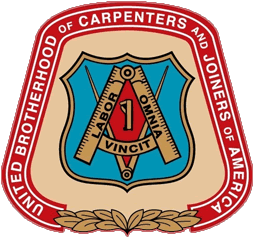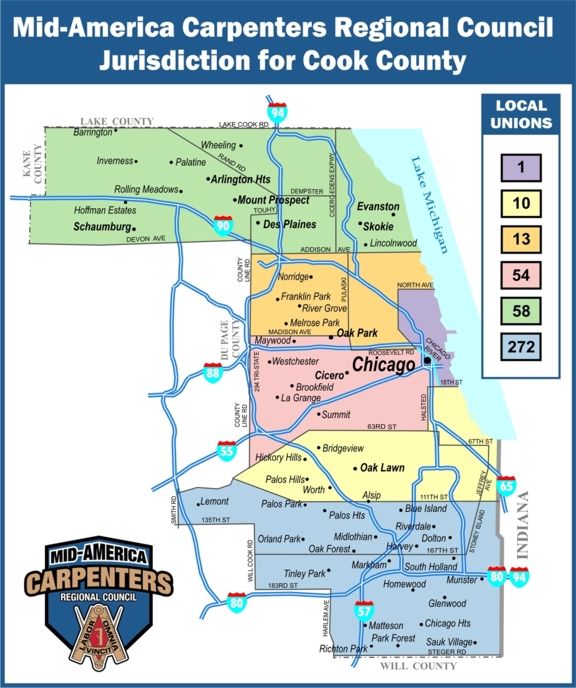6535 N Olmsted Ave.
Chicago, IL. 60631
phone: 773/267-5858
fax: 773/267-8805
Email: local58@carpentersunion.org
Carpenters Local 58
Office Information
Location & Hours:
6535 N Olmsted Avenue, Chicago, IL 60631
Monday - Friday: 8:00 am - 4:00 pm (closed 12:00 pm - 1:00 pm)
Meetings: Are held the Second Tuesday of every month at 7:00 p.m. at the Carpenters Training Center, 1256 Estes Avenue, Elk Grove Village unless held by special called meeting
Installation July 9, 2024
Officers and Committee Members:
President: John Jarger
Vice President: Alejandro Perez
Financial Secretary/Treasurer: William J Murphy
Recording Secretary: Robert Piane
Trustees: John Patrick, Matthew Oclon, Joe Kolofa
Warden: Joshua Close
Conductor: William Jordan
Delegates: John Jarger, Alejandro Perez, William Murphy,
Robert Piane, John Patrick, Matt Oclon, William Jordan, John Laspina,
John Husnick, Ana Figueroa, Tamara Guilinger
Our Mission
To organize workers for the economic, social and moral advancement of their condition and status.



